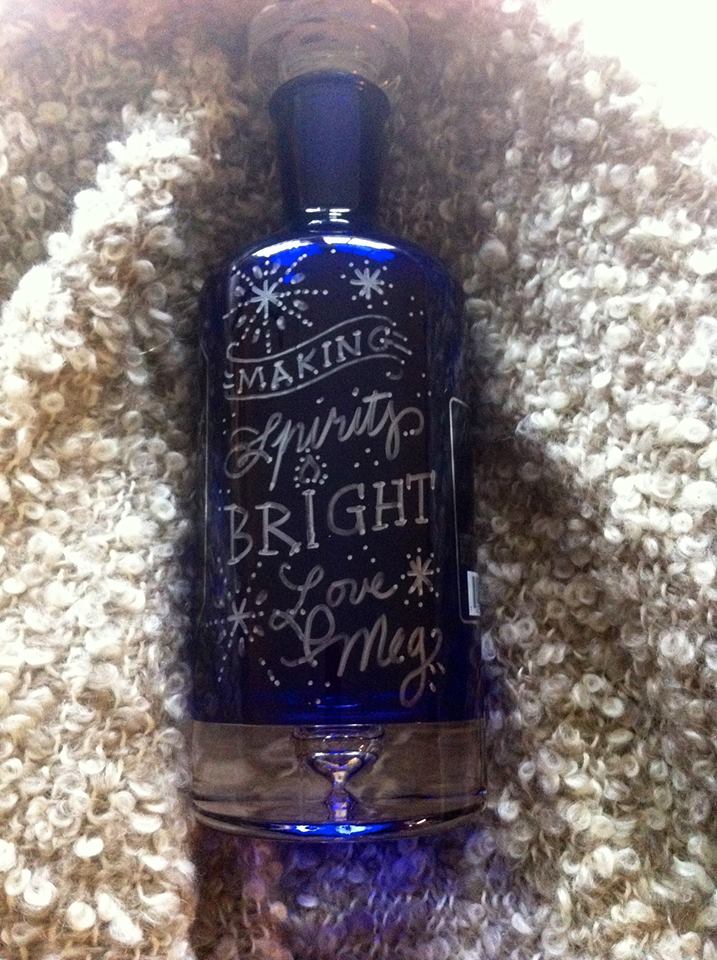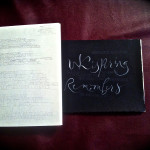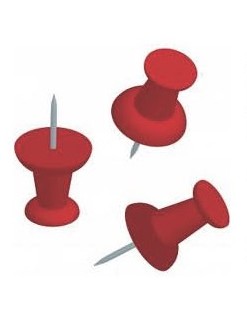 Valentine’s Day is quickly approaching and many young and ‘young at heart’ will be making plans to tie the knot. If you’re one of those lucky young couples setting a date to be married , you may be wondering if Save the Date cards are necessary. And if so, how soon should we send them? Much will depend upon your guest list and wedding location. How many guests are you inviting? How flexible is your invitation list? How far do your guests have to travel? What sort of wedding – local or destination, church, hotel or resort – are you considering? What is your budget?
Valentine’s Day is quickly approaching and many young and ‘young at heart’ will be making plans to tie the knot. If you’re one of those lucky young couples setting a date to be married , you may be wondering if Save the Date cards are necessary. And if so, how soon should we send them? Much will depend upon your guest list and wedding location. How many guests are you inviting? How flexible is your invitation list? How far do your guests have to travel? What sort of wedding – local or destination, church, hotel or resort – are you considering? What is your budget?
I won’t bore you with “back in the day” stories about how everyone lived in the same town and events were simpler. Weddings, like lives, are a lot more complicated nowadays. People live all over the world and schedules are less predictable. Presuming you’re going to tell all your family and friends about your engagement and have a small intimate family event, word of mouth may be all that’s necessary for them to put the date on their calendar. You can always call those few out of town relatives and share the good news along with your plans. Sending your invites in a timely manner should be all that’s necessary.
But what if you’re planning a large wedding with folks from all over the planet? Or perhaps a destination wedding? People need to make travel plans, book airplane and hotel reservations. Save the Date cards can be just the ticket for letting your friends and family plan ahead. You share the joy of your engagement and give everyone a heads up about the date and place. If this is the case, then now, not later, is the time to lock in details including the ultimate guest list, venue, reception size, costs, etc.
Receiving a Save the Date card implies a guest will be receiving an invitation. You can’t really go uninviting people ten months later. I won’t even go into the habit of some folks having second and third tier invite lists, but suffice to say you might have some pretty angry friends or family members if they were omitted from one list or the other. You can always send out engagement announcements instead without letting the cat out of the bag on your wedding plans.
If you’ve made up your mind to send Save the Dates, your options are limited only by your imagination. There are postcards, magnets, and a host of other ideas in magazines and online. If it can be mailed, it’s a possibility. Some photographers take engagement photos if you book them for your wedding. These make nice postcards. As a calligrapher, I can use with permission, photos of you, your destination or even a special moment, adding calligraphy to the image before you have them printed. I can design original artwork for you. I am also available for addressing those cards in either handwriting or calligraphic scripts.
Just remember, calligraphy and design takes time. If you’re thinking about using Save the Date cards, contact me soon before my calendar fills up for this coming wedding season.










